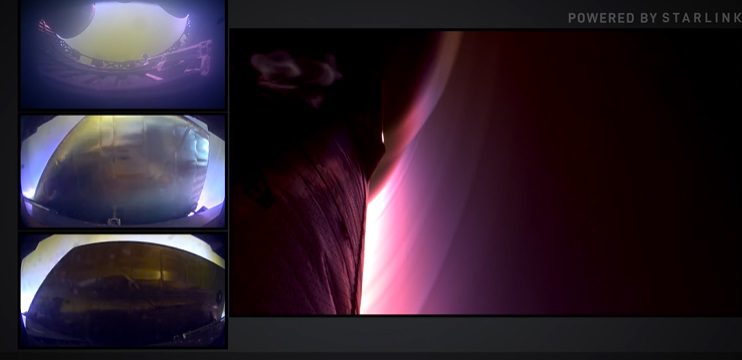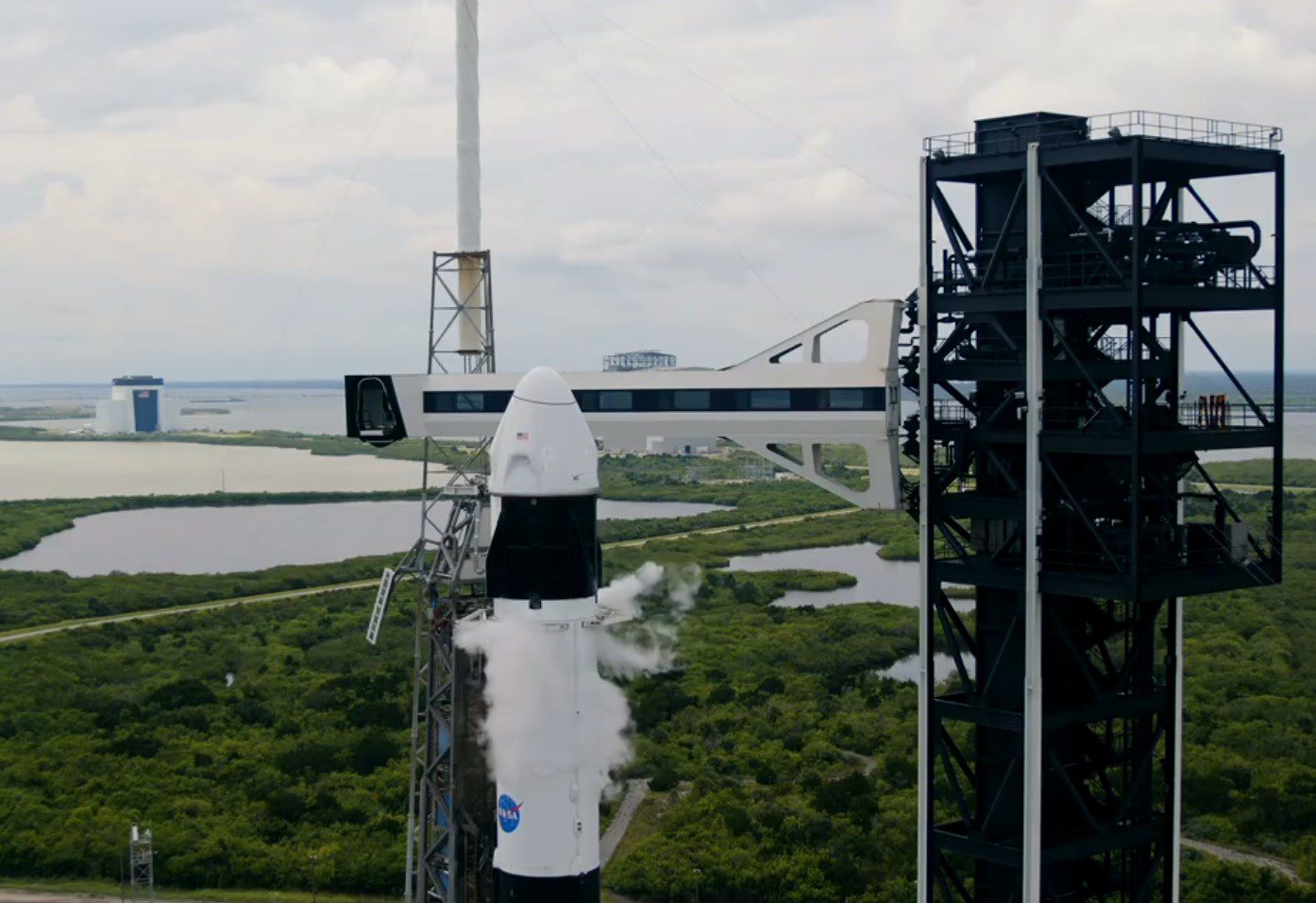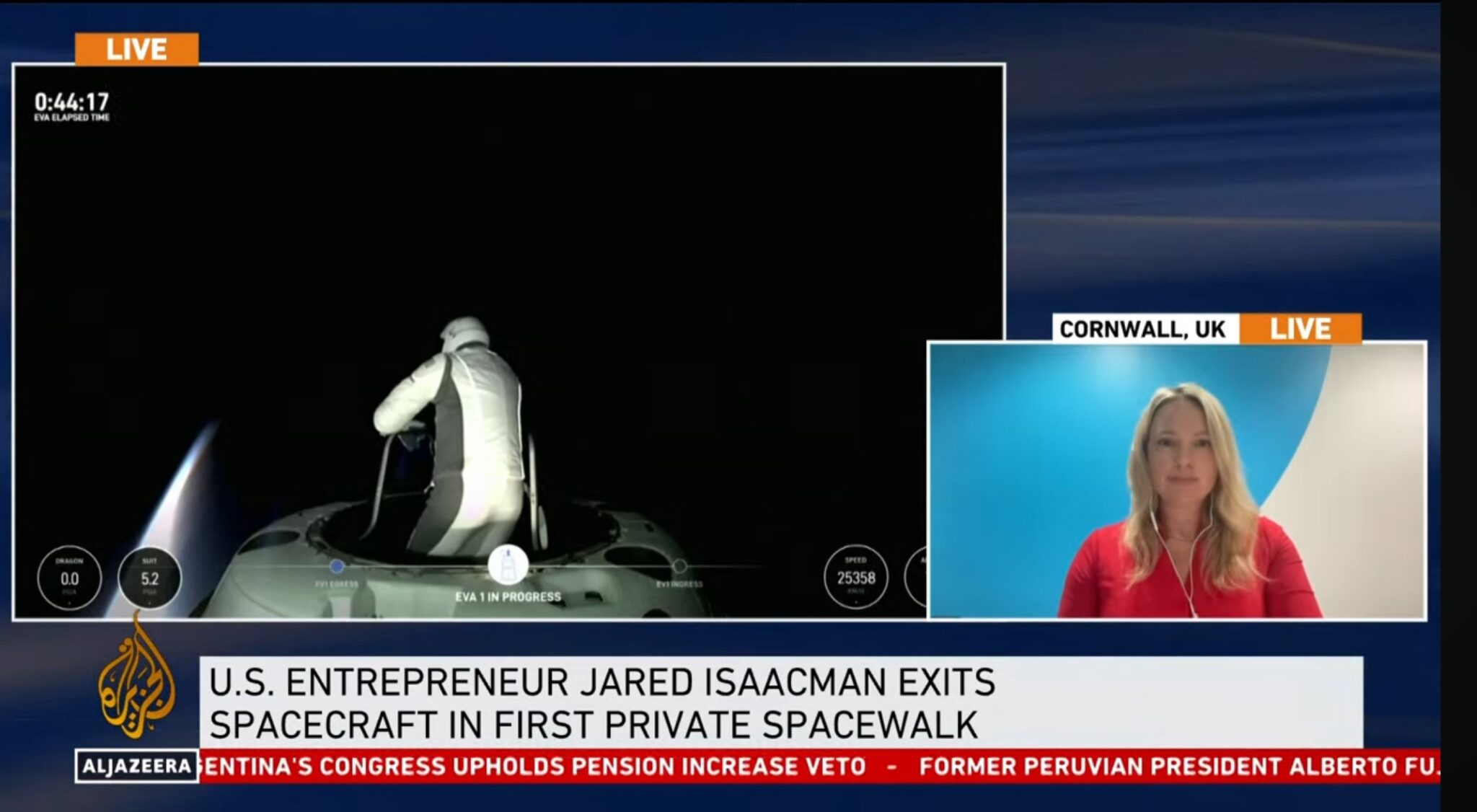The maiden flight of the rail-launched three stage solid rocket Spark 1 (Super Strypi) small launch vehicle ended in failure less than a minute after lift-off from the Barking Sands launch site in Hawaii at 0345 GMT on 4 November 2015. Details of the failure have not been released save to note that it happened less than a minute after lift-off and during the spin-stabilised first-stage engine firing. After the rocket flew off target, it was destroyed and fell into the sea.
The target orbit for the launch was reported to be 489 x 413km at an inclination of 97.4 degrees. Several very small satellites were lost on the flight. The main payload of the flight was the US Air Force ORS-4 sponsored mission Hiakasat which is testing out hyperspectral imaging technologies. Also aboard the launch was the Argus 2U cubesat, which was to examine the effects of space radiation on modern electronics, and a formation of eight EDSN 1.5U cubesats testing out communications and measuring the space radiation environment. There was also Printsat – a 1U cubesat demonstrator of a satellite produced by a 3D printer; STACEM which is a 1U cubesat experiment to collect imagery for environmental analysis and monitoring; and finally, SuperNova Beta, which was a 6U cubesat testing a variety of subsystems. The rocket is a development from the original XM-33 Strypi military test rocket.
Comment by David Todd: This failure was not a surprise. According to the Seradata SpaceTrak database, the failure rate for brand new launch vehicles launched since 1990 is circa 50%.







